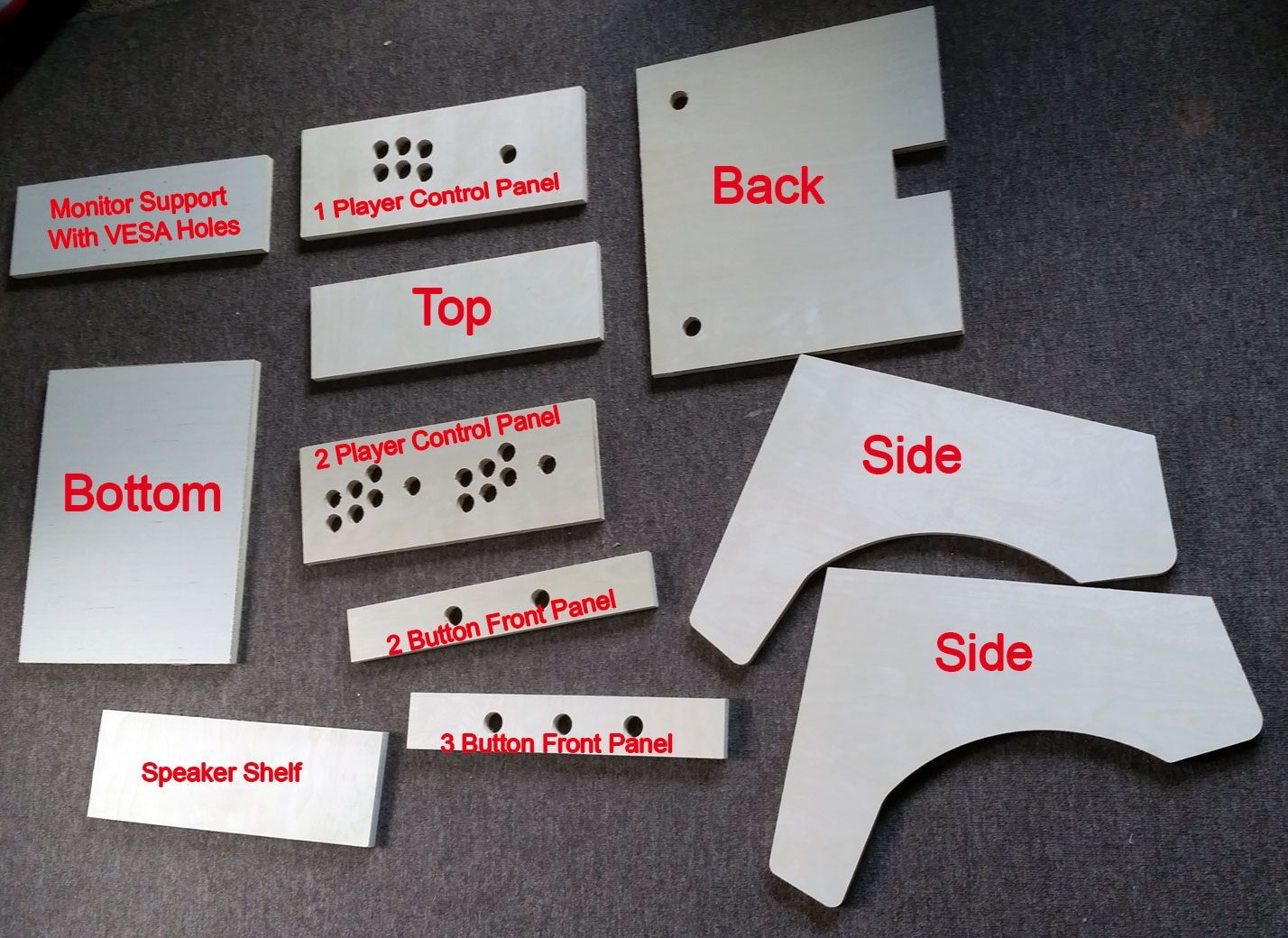Got RetroPIe on the zero, gonna find a hub tomorrow and do some testing on it for PSX as that seems an area it might falter in. Will up it to it's max clock speed. Might doe reicast if I have time.
EDIT:
There is a company that sells cabinets for mini arcade machines for people who don't have the tools for custom cutting, for $99 they can give you a whole outer shell,. just get the pi, monitor and buttons and you are good to go:
https://gameroomsolutions.com/product-category/cnc-cabinets/
EDIT:
There is a company that sells cabinets for mini arcade machines for people who don't have the tools for custom cutting, for $99 they can give you a whole outer shell,. just get the pi, monitor and buttons and you are good to go:
https://gameroomsolutions.com/product-category/cnc-cabinets/





